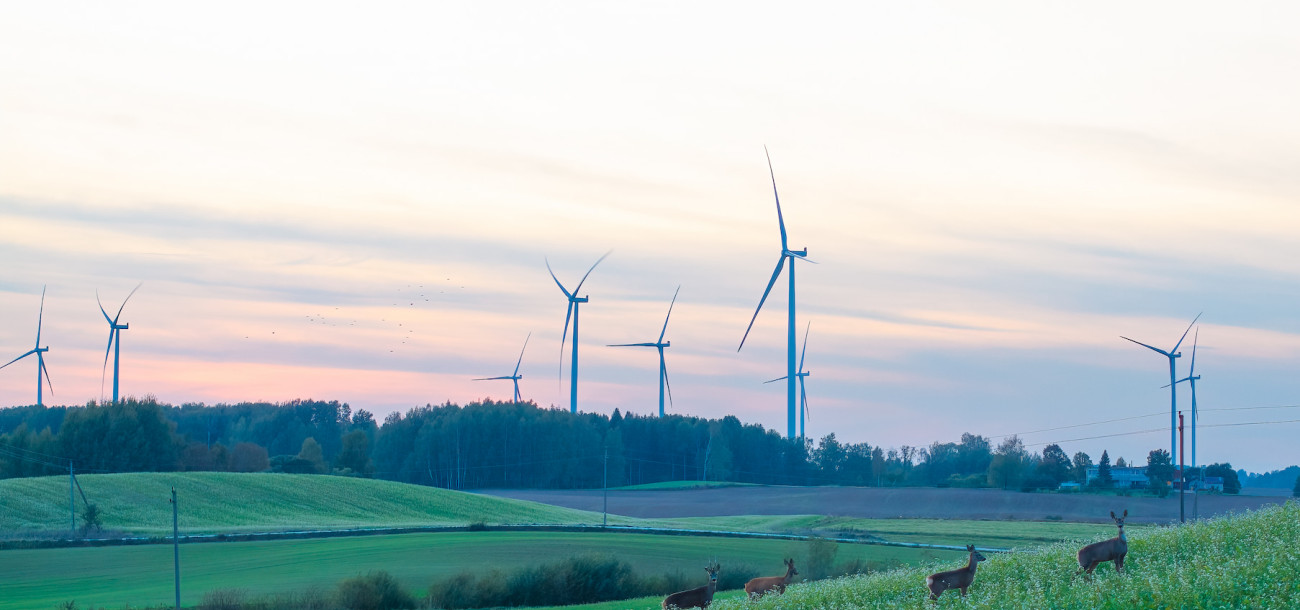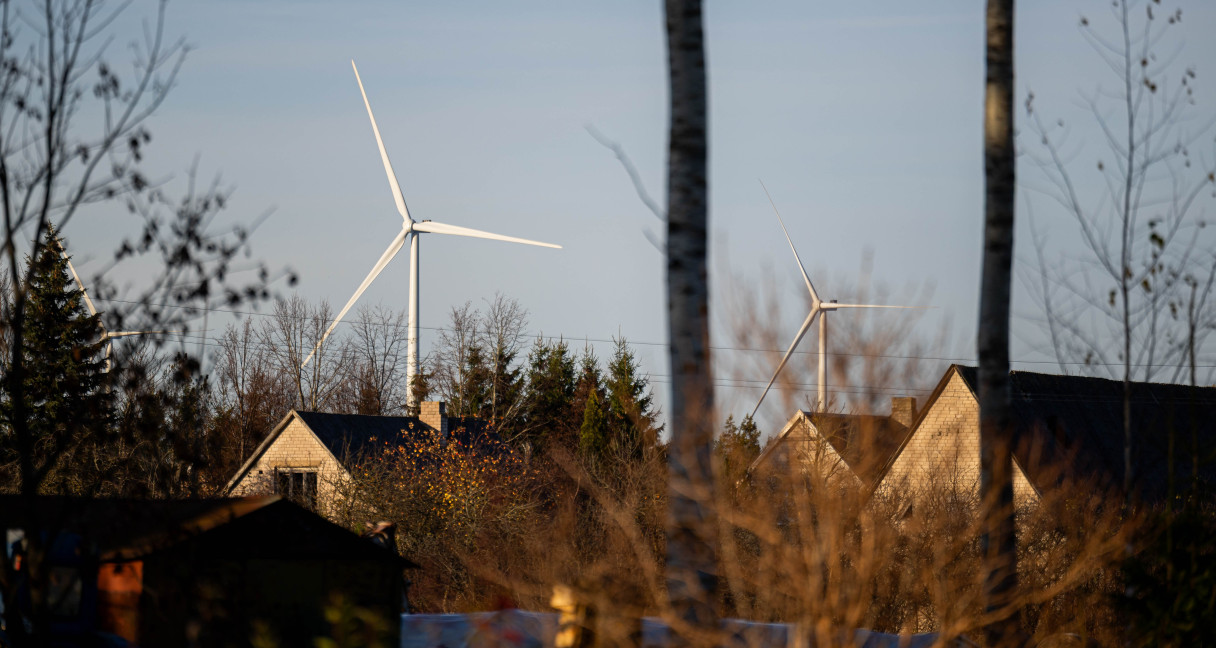How much electricity do wind turbines actually generate?
A major anniversary is the perfect time to reflect on progress and achievements. The history of modern wind energy in Lithuania spans two decades. Now is a good time to evaluate the contributions the wind technologies have made to the national energy sector. For example, did you know that Lithuania can generate all the electricity it requires from renewable energy sources alone? Wind energy is becoming increasingly important in the electricity generation mix. According to the latest information, wind farms are already generating a significant share of electricity generated in Lithuania and have huge potential.
“Lithuania has every opportunity to lead the wind energy sector in the region. With the rapid growth of wind farms, renewable energy projects are increasing the local electricity generation capacity and strengthening the national economic and geopolitical security. The rapid development of wind energy projects in Lithuania is obvious as they are becoming the main source of green electricity. This trend is an important sign of the country moving towards energy independence,” says Virginijus Jagela, Head of Asset Operations Management at Ignitis Renewables, an international green energy company.
Changes in Lithuania's electricity generation mix
In recent years, Lithuania's renewable energy sector has been growing very rapidly, and new wind farms are the main contributor to the growth. In 2024, wind farms generated 1.38 times more electricity compared to 2023, which indicates a significant shift towards less dependence on fossil fuels.
“In 2024, electricity generated from renewable energy sources was 35% higher compared to last year. Lithuania actually outperforms many of its European neighbours in this respect, with wind farms contributing to the electricity generation mix the most (46%), i.e., they covered 27% of the total demand. In this regard, we are close to the electricity generation numbers in Germany or the Netherlands. The data clearly shows that Lithuania has potential to lead the wind energy sector in the Baltic region,” explains the expert at Ignitis Renewables V. Jagela.
One of the main driving forces behind the sector's growth is consistent investments into new wind farms and innovative solutions that enable a more efficient utilisation of renewables. Last year, 513 megawatts (MW) of new wind turbines were installed in Lithuania. The total wind farm capacity in Lithuania currently amounts to around 1,740 MW, which is nearly three times higher compared to Latvia and Estonia combined.
In the following years, the amount of electricity generated by wind farms should increase even more because currently there are several large wind farms under construction, including the wind farm in Kelmė, which is one of the largest wind farms under construction in the Baltic States.
The capacity of each wind turbine in Kelmė wind farm amounts up to 7 MW. They are the largest and most powerful wind turbines the company has ever installed. When operating at maximum capacity, one revolution of the blades of such a wind turbine generates enough electricity to power a single household for an entire day. In other words, one wind turbine can cover the electricity demand of 8,000 households. After completion, the 300 MW Kelmė wind farm will be able to cover the electricity demand of 250 thousand Lithuanian households, a territory equivalent to Kaunas district.
It is important to note that electricity generation from offshore wind is much more effective and reliable compared to onshore wind because there are no obstacles in the open sea that could impede wind flow. Wind turbines operating high at sea are able to capture faster and more stable wind, which is typical for the environment. That is why they can generate electricity for 90% of the time, even when there is no wind on shore. The 700 MW Curonian Nord wind farm is being developed by Ignitis Renewables in the Baltic Sea and will be able to generate around three terawatt-hours (TWh) of green electricity per year. This amount of energy could cover around a quarter of the total electricity demand in Lithuania.
The importance of wind energy has never been greater
Wind energy is both clean and strategically important for Lithuania’s goal of energy independence. The geopolitical challenges showcased that the more electricity we generate locally, the less we are dependent on external suppliers and price fluctuations. Wind turbines do not require fossil fuel for operation, have no emissions and reduce our dependence on energy imports. Therefore, they are an important source of local electricity generation.
According to the Lithuanian electricity transmission system operator, Litgrid, on 6 March, between 1 and 2 pm, instantaneous generation from solar and wind farms exceeded 1.4 gigawatts (GW) and the electricity prices went down. At 1 PM, it amounted to 0.59 EUR/MWh, and at 2 PM it dropped to 0.27 EUR/MWh. The numbers suggest that the energy generated from renewable energy sources help maintain competitive electricity prices.
Lithuania has extraordinary conditions to develop wind energy both on land and in the Baltic Sea. The rate of development of wind energy projects will only grow in the coming years, ensuring more stable electricity prices and greater national energy and economic security.
Investing in wind energy promotes technological progress, creates new jobs, strengthens local economies and helps reduce greenhouse gas emissions. In the long term, it will help Lithuania reach climate neutrality goals and ensure a green and secure energy ecosystem for current and future generations.





